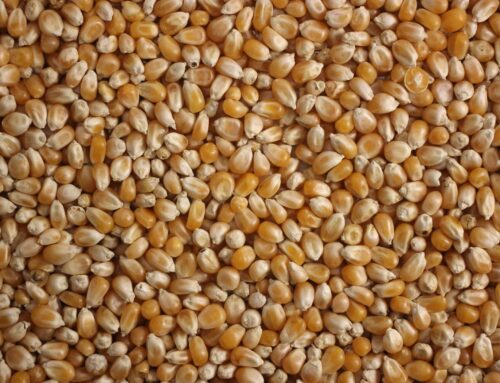Late last week, the House and Senate Agriculture Committees released new drafts of five-year farm bills that propose paltry savings–$18 billion in the Senate and $33.3 billion in the House–and fail to make bold reforms that would put U.S. agricultural policies on par with the reality faced by 21st century agriculture. As the Senate committee marks up their bill today and the House tomorrow, TCS will provide analysis of any taxpayer implications.
House and Senate Agriculture Committees Introduce “New” Farm Bills
While the Agriculture Committees finally agreed to eliminate the outdated direct payment program, except for Cotton which gets two years of “transition” payments in the House bill, they plow these savings into other new and potentially more costly and market-distorting entitlement programs that guarantee anticipated levels of income for agribusinesses. The $955 billion Senate bill and $940 billion House bill both not only include new special interest carve-outs but also fail to shave more than two to four percent off projected food and agriculture spending over the next ten years. Some of the new goodies in the Senate farm bill include government-set target prices – especially higher price floors for peanuts and rice, which were added to pacify the Southern farm lobby and Southern senators.
The addition of target prices, plus higher spending on the already highly subsidized federal crop insurance program and taking credit for $6.4 billion in savings that were already scheduled to occur under government-wide sequestration, tells taxpayers that the Agriculture Committees are unwilling to do their fair share to help pay down our debt and eliminate unnecessary and unaccountable subsidies for one of the brightest sectors of our economy. While agriculture is expected to reap record farm profits this year, Washington is taking a step in the wrong direction, proposing new multi-billion dollar subsidies that most farmers never even asked for.
Finally, even though the 2013 farm bill drafts are nearly identical to those that passed the House Agriculture Committee and full Senate last year, several new sections were added. Most of the following provisions are intended to benefit certain organizations or constituencies within the authoring members’ districts or states:
Additions to 2013 Senate Farm Bill
-
Sec. 1202. Upland cotton price floor for loan rates: reduced from $0.47 to $0.45 per pound (unknown which Senator requested this addition but likely added to placate Southern interests).
-
Sec. 4209. Multiagency task force: to provide recommendations for U.S. Department of Agriculture (USDA) commodity programs within the Food and Nutrition Service (FNS) to ensure commodity food programs support the agriculture sector and contribute to health and wellbeing of individuals in the U.S. (unknown which Senator requested this addition).
-
Sec. 4210. Food and Agriculture Service Learning Program: designed to “increase knowledge of agriculture and improve the nutritional health of children”; authorization of $25 million in appropriations to be available until expended (included in Local Farms, Food, and Jobs Act introduced by Sen. Sherrod Brown (D-OH)).
-
Sec. 7207. Agricultural Genome Initiative: would amend the current Agricultural Genome Initiative, stating that a consortium of eligible entities can apply for matching funds awards (unknown which Senator requested this addition).
-
Sec. 9002. Biobased Markets Program: forestry was added as an eligible feedstock (S. 463 introduced by Sens. Pryor (D-AR), Blunt (R-MO), King (I-ME), Collins (R-ME), Crapo (R-ID), Hatch (R-UT), Boozman (R-AR), and Chambliss (R-GA), the latter two of which serve on the Senate Agriculture Committee).
-
Sec. 12106. National animal health laboratory network: USDA Secretary can enter into grant and other funding agreements to respond to bioterrorist threats; appropriations of $15 million each fiscal year 2014 to 2018 (According to a recent press release on the bill’s introduction by Sen. Bennet (D-CO), “Colorado State University (CSU) houses one of the core member laboratories in the National Animal Health Laboratory Network (NAHLN)” and “Bennet will urge the Committee to include the Animal and Public Health Protection Act in [the 2013] Farm Bill”; Bennet is a member of the Senate Agriculture Committee).
- Sec. 12107. National poultry improvement plan (NPIP): USDA Secretary should continue to administer the avian influenza program (although not on the Senate Agriculture Committee (Sen. Carper (D-DE) has been an advocate in the past).
While a few positive reforms are included in the respective 2013 farm bills, much more needs to be done to save taxpayers at least $100 billion and make agricultural programs more cost-effective, transparent, and accountable to the public.










